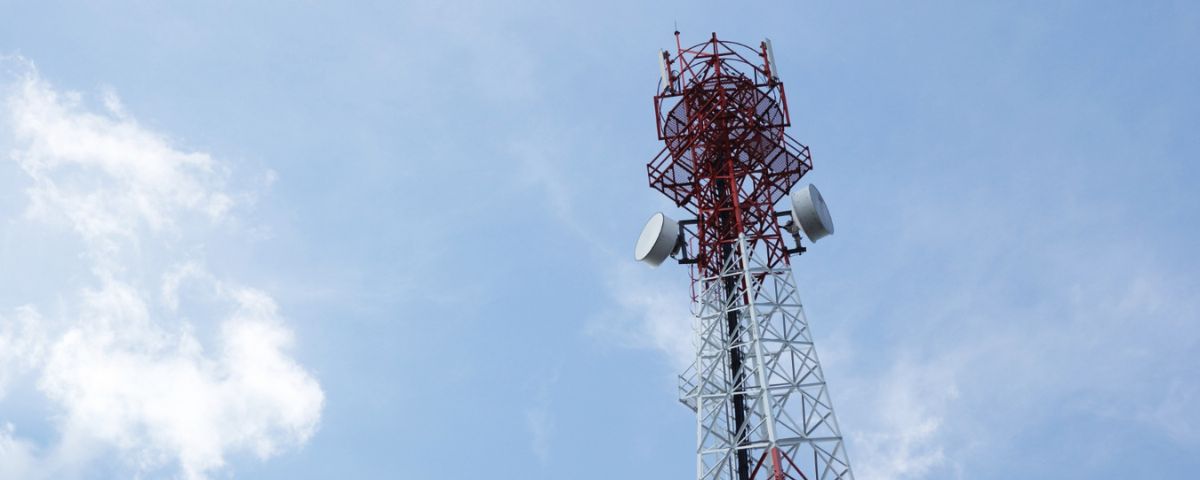
The Telecom Regulatory Authority of India (TRAI) has today issued directives to all access service providers, enhancing the reporting rules for Base Stations’ details submission to improve quality of service (QoS) standards and safeguard consumer interests. Operators are now required to furnish granular information about Base Stations, including site location, type (Macro/Micro/IBS/Other), technology (2G/3G/4G/5G), radiating frequency, type of backhaul connectivity (Fiber/Wireless/Others), and Date of Commissioning, in a revised format.
Strengthening Base Station Reporting
TRAI identified gaps in the existing format, which lacked crucial details such as the date of commissioning or decommissioning, specifics about backhaul connectivity, and information on 5G Base Stations and Cells.
Importance of Detailed Data
Acknowledging the impact of backhaul connectivity on QoS, TRAI stressed the significance of providing connectivity details for each Base Station. Additionally, with the deployment of numerous 5G sites, accurate reporting of 5G Base Stations and Cells becomes essential for assessing service quality.
TRAI also noted discrepancies in drop call rate (DCR) analysis, where instances as high as 6.3 percent were categorized as “does not exist” (DNE). To rectify this, TRAI emphasized the need for precise information on base station operations to ensure correct DCR coding.
Revised Reporting Format
In response to these observations, TRAI has revised the reporting format, requiring telcos to furnish site-specific details, including Latitude and Longitude, within cities, towns, or villages. Previously, data was submitted at the telecom circle level.
Immediate Implementation
TRAI directed all Access Service Providers to adhere to the new reporting format, with details of Base Stations to be submitted within 21 days of each quarter’s end, effective immediately.
Issued Guidelines
TRAI outlined guidelines for submitting Base Station details, emphasizing the completeness of the data. All Base Stations/cells operational for at least one day in the quarter must be included in the submission to the authority, leaving no cell/row/column blank.




One thought on “TRAI Updates 5G Base Station Details Submission Format”